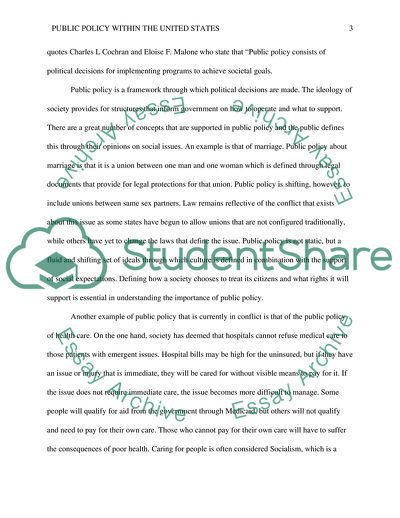Cite this document
(Public Policy within the United States Term Paper, n.d.)
Public Policy within the United States Term Paper. Retrieved from https://studentshare.org/politics/1783677-public-policy-in-the-united-states
Public Policy within the United States Term Paper. Retrieved from https://studentshare.org/politics/1783677-public-policy-in-the-united-states
(Public Policy Within the United States Term Paper)
Public Policy Within the United States Term Paper. https://studentshare.org/politics/1783677-public-policy-in-the-united-states.
Public Policy Within the United States Term Paper. https://studentshare.org/politics/1783677-public-policy-in-the-united-states.
“Public Policy Within the United States Term Paper”. https://studentshare.org/politics/1783677-public-policy-in-the-united-states.


